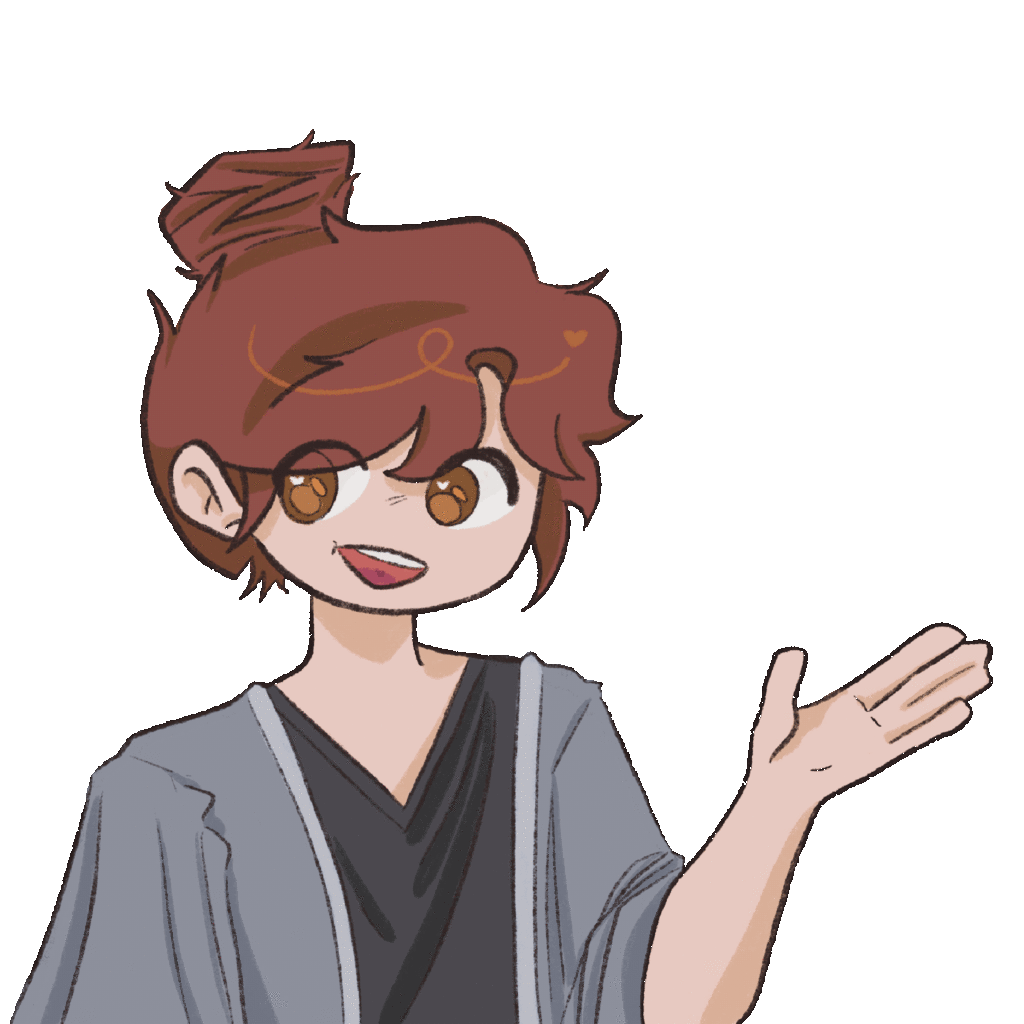My Journey Through Game Design: Reflections on Learning and Growth
Before taking this class, I approached game design with a narrow understanding of what games could achieve. I thought of games primarily as tools for entertainment, with the main goal being player engagement through fun mechanics or captivating visuals. My perception of game design was largely technical, focused on building environments, scripting interactions, and ensuring functionality. I had little appreciation for how games could serve as powerful mediums for storytelling, critical reflection, or emotional engagement. I also felt unsure of my ability to craft meaningful player experiences beyond technical implementation.
Throughout the class, I engaged in several activities that were instrumental in transforming my understanding of game design. One of the most impactful exercises was creating and iterating on my Shadows of Luminous project. Starting from a Twine-based interactive fiction, I learned how to translate narrative-driven concepts into 3D environments using Unity Hub. The transition taught me not only the technical aspects of designing 3D spaces but also how to make gameplay elements serve the narrative.
The playtesting process was particularly valuable. Feedback from classmates and friends revealed how small design choices—such as lighting, sound design, and object interactions—could profoundly shape the player experience. For example, early feedback highlighted the lack of immersion in my single-room escape game, leading me to expand the environment into a hospital setting with multiple interconnected spaces. This change allowed me to explore environmental storytelling more deeply, creating eerie atmospheres that invited players to uncover the story on their own terms.
The introduction of UI systems and cutscenes also enhanced my learning. I realized how essential clear, well-integrated interfaces are for guiding players and maintaining narrative flow. Furthermore, adding horror audio design (like the doll’s nursery rhyme and the statue’s scream) taught me how sound can amplify the emotional impact of visual storytelling.
Class readings on player agency and iterative design reinforced the importance of considering the player’s perspective at every step. I learned to think critically about how players interact with and interpret the game world, shaping my approach to crafting meaningful and engaging gameplay.
The most valuable lesson I learned is that game design is as much about emotional and narrative design as it is about mechanics. Games are not just systems; they are experiences. Through this class, I developed a deeper understanding of how to craft immersive worlds where the environment, sound, story, and interactions work together to evoke specific emotions or tell a compelling story.
I also learned the power of iteration. Every version of my game improved based on feedback (not only from this single game design but also from all the in-class assignments), teaching me to see game design as a dynamic, evolving process. This approach not only made my game stronger but also gave me the confidence to experiment and take creative risks.
Another key insight was the importance of accessibility and clarity in design. The feedback about chaotic UI systems taught me how poor design choices can detract from a player’s experience, no matter how strong the narrative or visuals are. Clear communication through UI and intuitive mechanics became a priority in my work.
Finally, the class introduced me to the idea of games as critical lenses for societal issues. Through Shadows of Luminous, I explored themes of autonomy, control, and societal collapse inspired by real-world policies like China’s One-Child Policy. This experience showed me how games could engage players in meaningful conversations about ethical and political dilemmas.
In future game projects, I will prioritize crafting player-centered experiences. This means considering how players perceive and interact with every element of the game, from mechanics to story to aesthetics. I will embrace iteration as an integral part of the creative process, seeking diverse feedback to refine and improve my designs.
I will also strive to use games as tools for storytelling and critical reflection. Whether exploring societal issues, personal stories, or fictional worlds, I want my games to evoke emotions, spark curiosity, and leave players with something to think about. The ability to blend narrative and mechanics into a cohesive experience is a skill I will continue to develop. And I will finish the game Shadows of Luminous and try to publish it.
In terms of technical goals, I plan to deepen my understanding of Unity and other tools to expand the possibilities of my designs. Additionally, I aim to design more interactive and engaging mechanics that align seamlessly with the themes and stories I want to tell.


